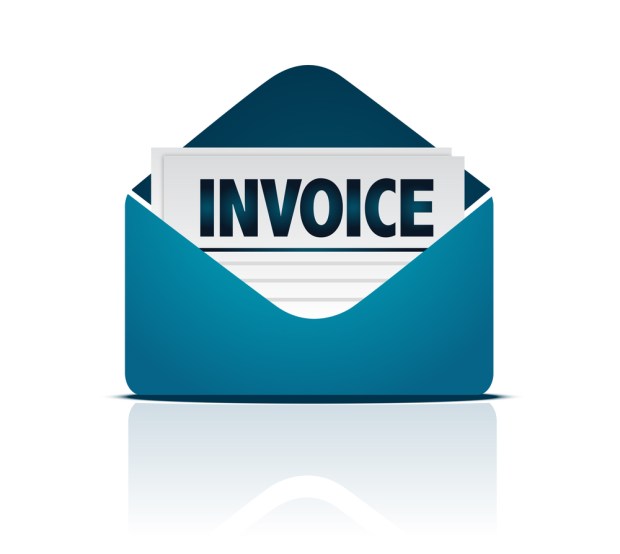CPOs Are Facing An Uphill Battle

Why, in 2016, are accounts payable and procurement teams still seeing paper invoices? That’s the question asked by procure-to-pay firm Zycus in a blog post published this week, also noting that, according to research, less than a third of AP departments describe themselves as “highly automated.”
The company outlined why manual procure-to-pay processes are officially out of style, listing a slew of arguments for why companies need to digitize their AP and AR operations. The conclusions coincide with recent Zycus research that examines the new generation of chief procurement officers, deemed the “Super CPO,” and what they need to get the job done in the digital world of today.
First and foremost, Zycus argued, paper invoices lead to a sluggish approval cycle. Manual data entry and the threat of misplaced paper documents mean less of a chance that a procurement team will capture an early payment discount.
It’s perhaps the most common argument for adopting electronic invoicing and procurement tools. But Zycus pointed to other, less obvious reasons.
For instance, a slow procure-to-pay process also means a slow dispute resolution process.
“We cannot escape disputes completely, but we need to find a way to reduce inquiries and exceptions,” Zycus declared. “Manual invoicing, on the other hand, increases escalations and delays due to rampant data entry errors and there being little or no guidance to suppliers at the time of invoice creation.”
A slow payments process not only means a missed opportunity for capturing early payment discounts, but it also means delays in data capture, the report highlighted.
For suppliers, dispute resolution friction can strain key business relationships. For the buy side, however, Zycus points to a lack of AP data visibility, a hurdle that means financial decision-makers are left without crucial resources.
“With manual paper-based environments, the critical data may get stuck on paper sitting on someone’s desk, in Excel spreadsheets or in emails,” the company said. “Linking information across systems is nearly impossible in a paper-based accounts payables environment.”
Supporting Data
Zycus’ latest argument for the electronic invoice coincides with research the company released for CPOs, a report on the Pulse of Procurement that the company said provides these professionals with statistics they’ll need to keep in mind to be successful this year.
Analysts found that while the majority of procurement officials said they have a procure-to-pay solution in place, there is still a significant instance — even among those rated world-class procurement teams — of manually having to correct an issued purchase order. This puts procurement teams a “far cry” away from a fully automated procure-to-pay process, Zycus said.
According to the research, nearly three-quarters of CPOs have a spend analytics solution in place, and an additional 15 percent said they plan to invest in one.
For the CPOs and AP teams looking to capture early payment discounts, Zycus found a potentially scary trend: Businesses are getting overcharged for their purchases from suppliers, with only about half (55 percent) of procurement officials reporting contract compliance over the last year.
While the statistic could signal a weak communication bridge between buyers and supplier, further information suggests supplier management efforts are also lacking among CPOs and their teams. “What happens when your suppliers are not managed well? You may end up losing your key suppliers,” Zycus stated in its research, adding that only 11 percent of companies surveyed said their supplier management strategies and tools are leading-edge.
[bctt tweet=”There is still a long way to go before procurement processes can be fully digital.”]
What does all of this data say for CPOs entering the new year? There is still a long way to go before procurement processes can be fully digital and automated, a task that, while an uphill battle, will lead to captured spend savings and stronger relationships with suppliers, Zycus argues.
